Infrastructure
Can Diverting the Mississippi River Save the Drought-Stricken West? 5 Better Alternatives
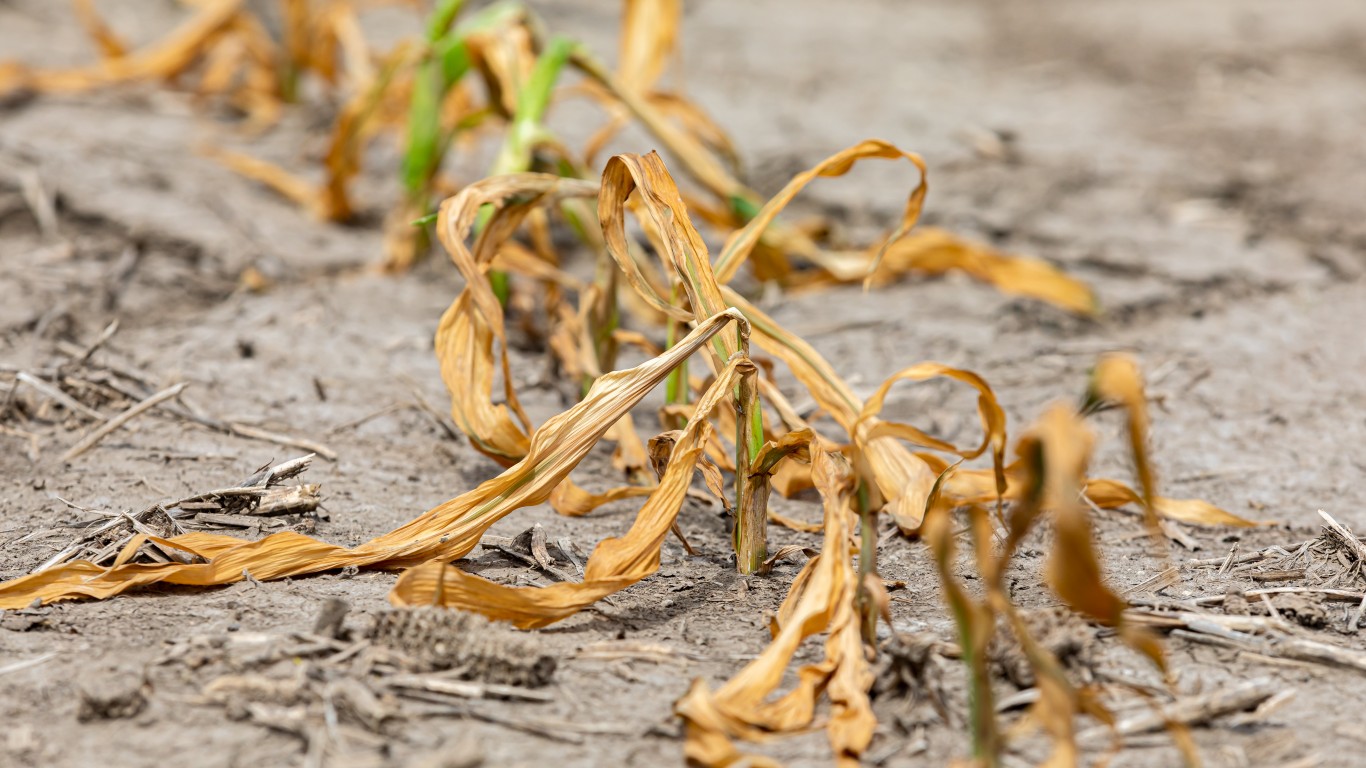
Published:

In case you missed it, the American Southwest has been going through a drought for the past 24 years. Tree ring and geologic data show it is the worst drought in the region for 1200 years! Lake Mead is down to 32% capacity and is projected to drop another 17 feet by the end of the year. It only has about 100 feet to go before Hoover Dam will no longer be able to produce electricity for its 1.3 million customers in three states. And the 20 million+ people who depend on the lake’s water will be increasingly thirsty.
There’s a similar situation upstream at Lake Powell that has become so dire that some are arguing that water should just be released through the dam to fill Lake Mead, as there just isn’t enough water to maintain both reservoirs. An even more radical proposal is to pump water from the Mississippi River to the Colorado River watershed to keep the region hydrated and powered up. This would be an ecological and economic catastrophe. Having researched the issue in government and academic studies, we’ll explain why and suggest some better alternatives to save the drought-stricken West.

The southwestern drought obviously matters if you live in the affected area. But the ripple effect of it can hit your pocketbook no matter where you live. California and other southwestern states provide a significant percentage of the country’s agricultural output and industrial production. If lack of water causes production to dip in those areas, prices can go up everywhere and may even lead to more foreign imports to fill the gap. If enough hardship is created for people who live there, there will be a steady migration out to other states, stressing infrastructure and placing demands on jobs there. So it’s in everyone’s interest to make sure every region of the country has the water it needs.

The southwest has historically been an arid part of the country. The Sierra Nevada Mountains in California effectively block much of the rainfall from the Pacific, causing dry conditions inland. This has been exacerbated in recent decades by the cascading effects of global warming, which have not only raised average temperatures but have contributed to erratic weather patterns.
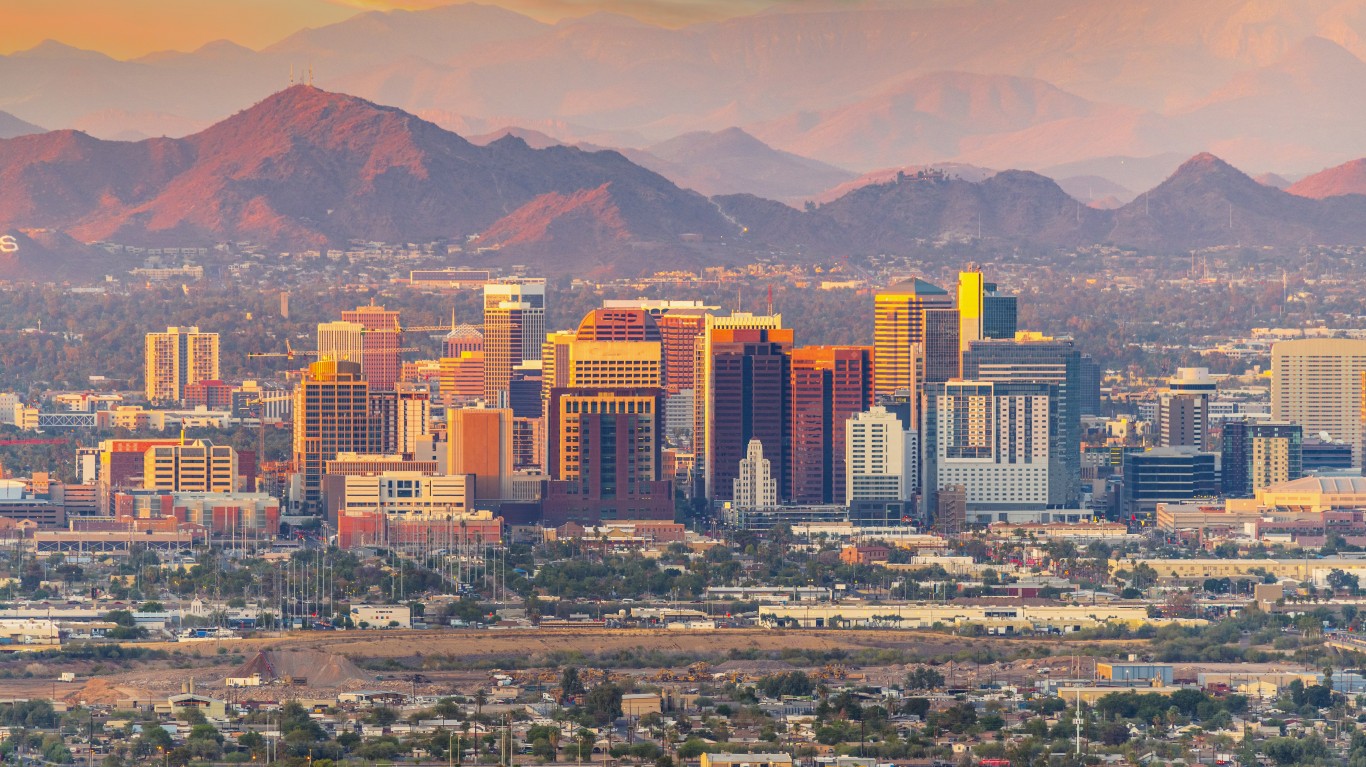
Intensive development in the region has made the problem worse. California is the most populous state in the country, with 39 million people—a little more than the entire population of Canada! Homes, industry, and agriculture have placed tremendous demands on the region’s limited water resources. Overcrowding, high prices, and bureaucracy in California have created a steady migration out to Colorado, Arizona, and New Mexico. As these areas draw from the same water sources as California, this emigration has not lessened the water crisis in the region.
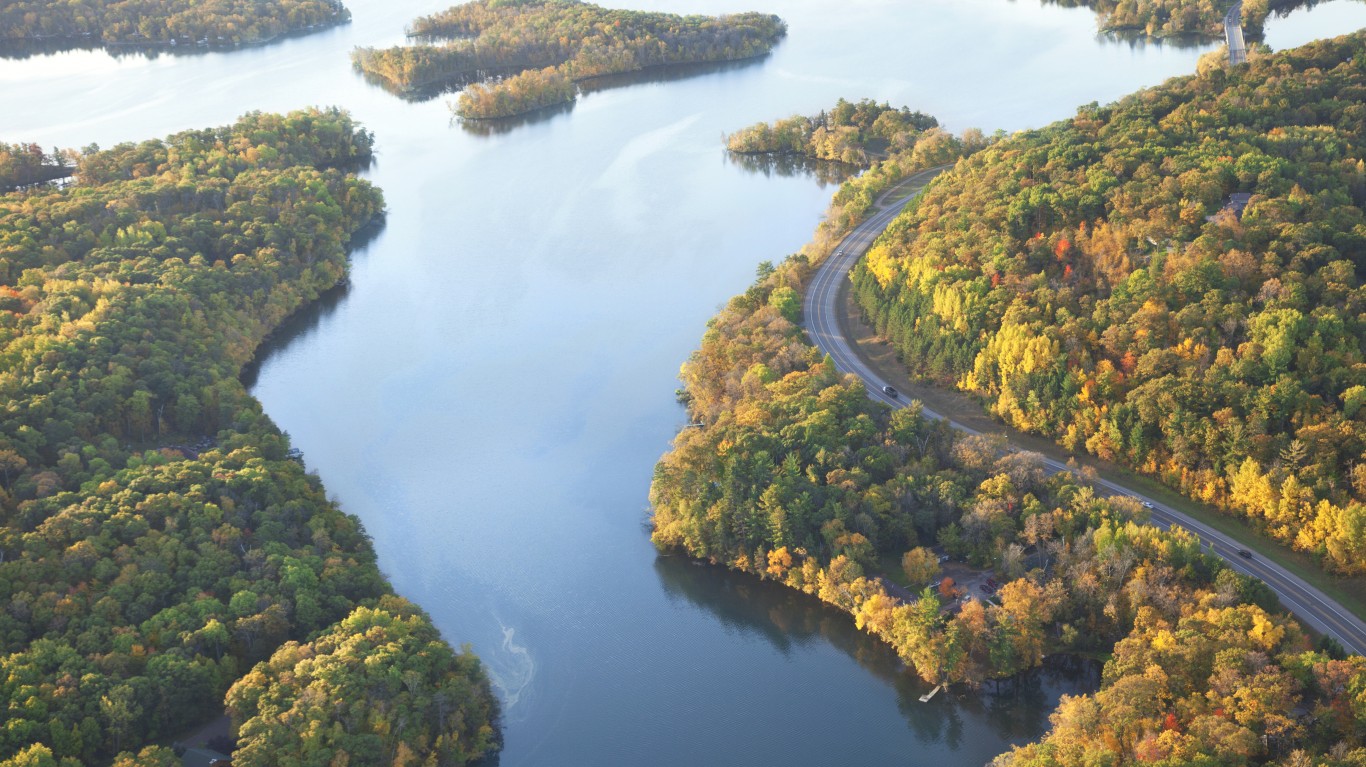
One of the more radical solutions suggested is to pipe water into the Colorado River watershed from the Mississippi River. This would require a system of pipelines and canals 80-100 feet wide with pumping stations to move billions of gallons of water daily uphill over a thousand miles and over the Continental Divide. And it’s not just an armchair fantasy. The legislature of Arizona petitioned the U.S. Congress to study the idea in 2021 and The U.S. Bureau of Reclamation has studied it. With 4.5 billion gallons of water a second flowing into the Gulf of Mexico, the Mississippi has more than enough H2O to fix what ails California and the rest of the Southwest.

The Mississippi water diversion plan has so many downsides that it is not a practical solution to the problem. Here’s why:

So, if diverting the Mississippi isn’t the best solution, what is? The answer is undoubtedly a combination of things rather than one massive geoengineering effort. Some solutions might benefit a single state, while others might help the whole region. So, none of these is a silver bullet, but could they together see the West through this crisis?

If there’s not enough water, you have to find ways to use less. People in the West have been doing this for years: foregoing watering lawns or washing cars, shunning 20,000-gallon swimming pools, and finding ways in industry and farming to do more with less. How can we do more, though?

In a free market, one of the surest ways to get people to stop wasting a commodity is to make them pay for it. Water bills in California are already the highest in the nation. We can easily argue that a basic level of water should be free of charge to every human being. Above this level, though, suppliers could increase prices or even allow the price of water to fluctuate on the free market like petroleum products do. This would create the strongest possible incentives for water conservation or for people and industries to relocate if they cannot afford to live in a place where H2O is scarce and expensive.

Tamarisk, or salt cedar, is an invasive shrub or tree that was introduced to the American Southwest in the 1800s. It grows well in barren areas, spreads quickly, and helps stabilize soil along rivers to prevent erosion. Unfortunately, it also grows in dense thickets that kill out native plant species, guzzles unthinkable amounts of water, and creates large salt deposits in the soil. It’s now rife across the Southwestern states that are suffering most from drought.

Removing this invasive species, especially along riverbanks, would significantly reduce demands on river water. The USDA Agricultural Research Service found that tamarisk beetles eat only the tamarisk plant and die when no more is available, not eating any indigenous North American flora. Releasing this beetle on a wide scale in the Southwest could help eradicate this water-wasting invasive plant.

As much as 40% of the water in the headwaters of the Colorado River is being diverted through pipelines to the eastern side of the Continental Divide to serve the needs of Front Range cities like Denver, Boulder, and Colorado Springs. Around 5 million people live in this rapidly growing part of Colorado. If more or all of the Colorado River’s water were allowed remain in its natural watershed, the drought would extend to central Colorado, but so would the incentive to conserve this precious resource.

In addition to residential and commercial consumption, Colorado uses an enormous amount of water for agriculture. Farming in Colorado uses more water than some other states in the region. By comparison, Arizona is a leader in water conservation—despite population growth of 700%, Arizonans were using less water in 2017 than in the 1950s! With less water available in east-central Colorado, some farmland might be more suitable for ranching or other uses that do not require intensive irrigation.
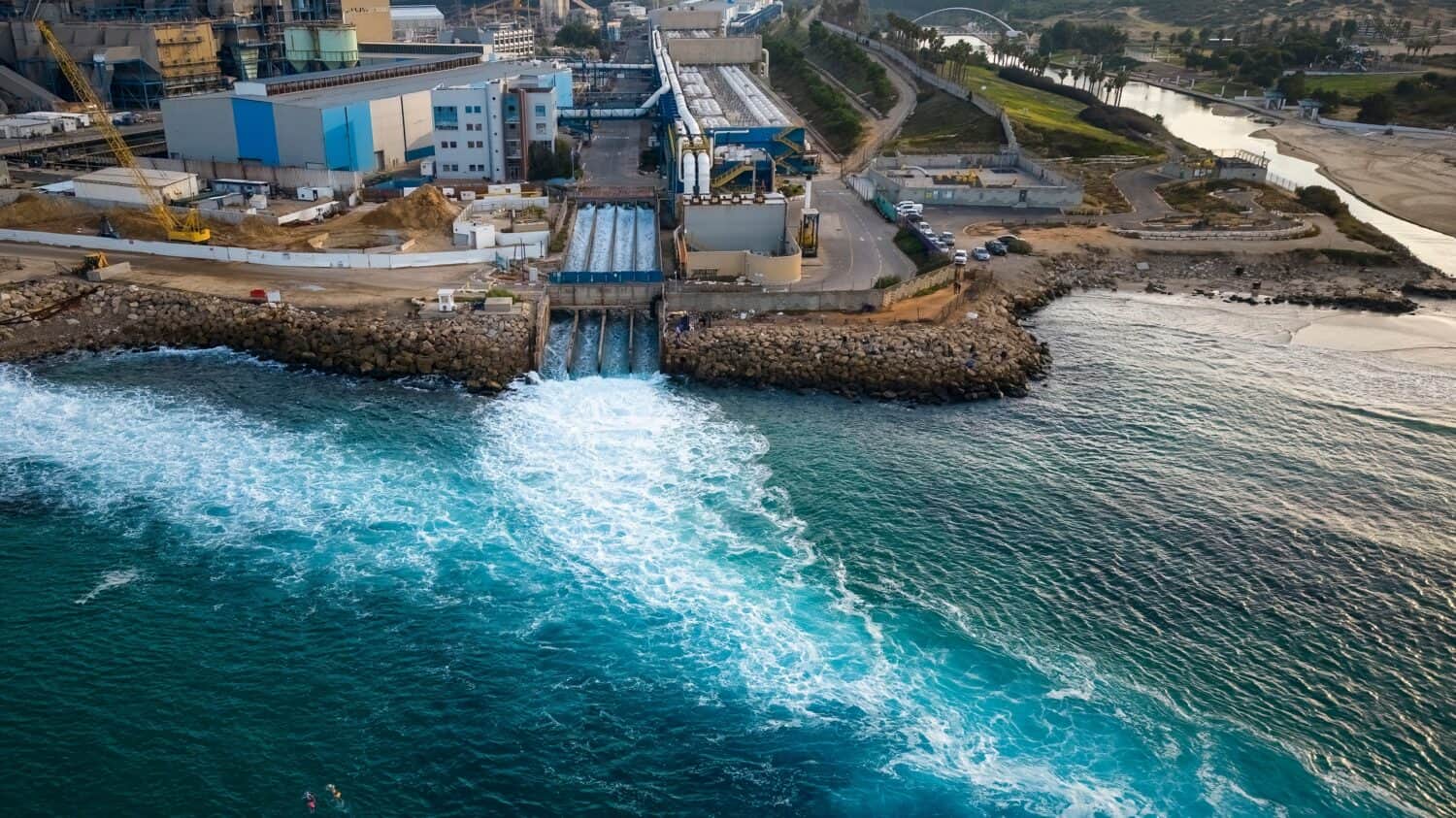
Desalinating ocean water is more expensive and energy-intensive than using fresh water, but it becomes more realistic as water becomes a scarcer commodity. Depending on the energy source used, desalinization can have a large carbon footprint. Intake pipes can suck in marine life and impact local biodiversity. The salty brine salt left over from the process must be disposed of by diluting it in other water sources and dumping it in the ocean, injecting it deep underground, or evaporating it in surface ponds. Despite these problems, if this whole complex process could be completed affordably with clean energy sources, desalinization could literally make oceans of water available.
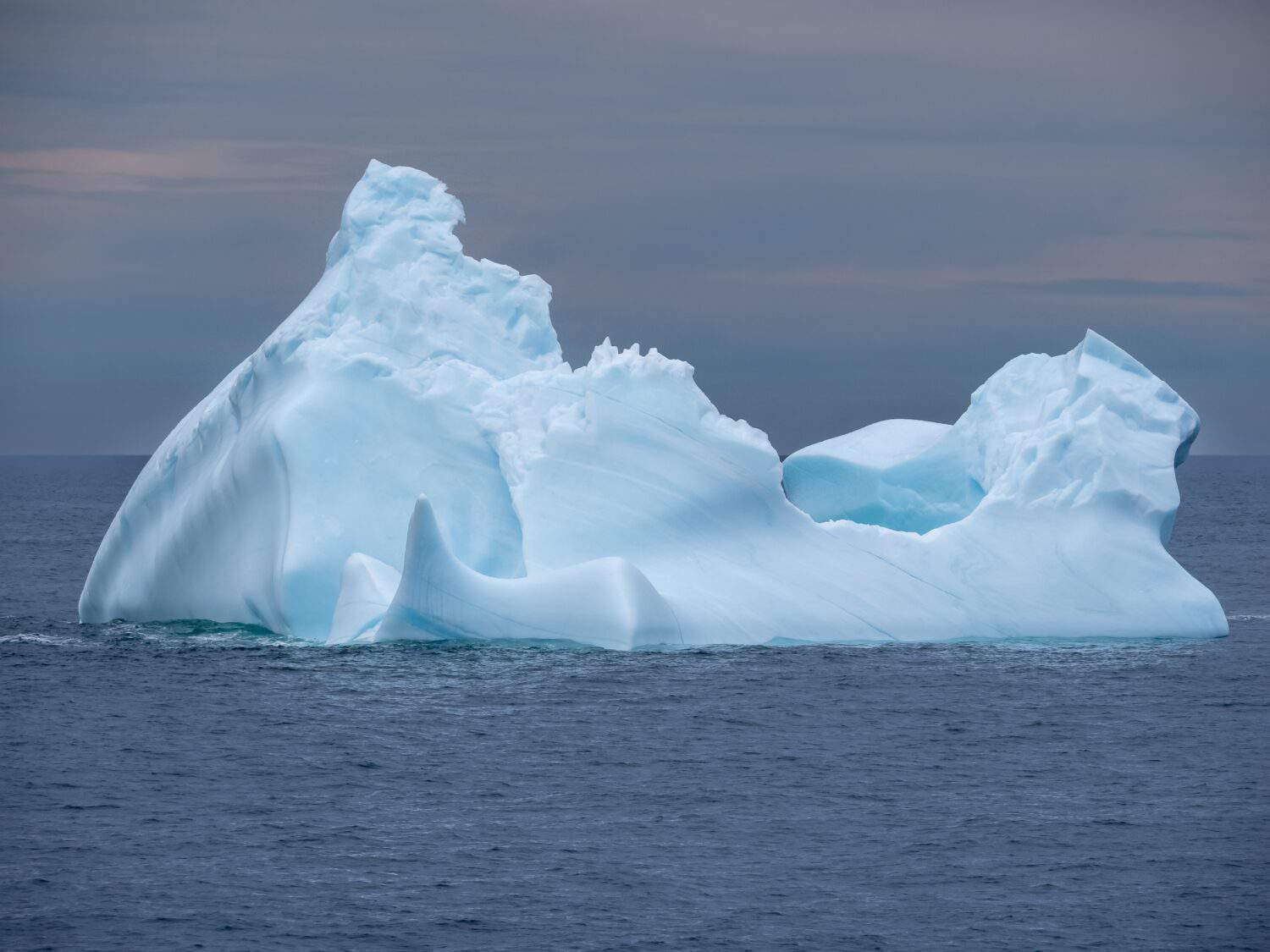
Water might be transported to California from places where it is more plentiful in the West, like Washington or Alaska. This could happen by using tanker ships or giant water bladders towed across the ocean. There have also been proposals to tow icebergs to California from the Arctic. Saudi Arabia has tried similar experiments with Antarctic icebergs. To prevent excessive melting the berg has to be wrapped in insulation, and the whole process can be hazardous because icebergs flip over as they melt. While not easy, these are technically feasible solutions. The cost has to be weighed against the alternatives.

We have vastly more scientific data to understand our environment and the impact of human alterations to it than the early pioneers did. Decisions about where we will live, what plants we introduce, what kind of lifestyle we will have, and what industries we locate there can create an unsustainable existence. This is worth keeping in mind when we consider long-term solutions.
If history is any indication, massive new engineering schemes, such as diverting the Mississippi, are likely to have unintended consequences that future generations will have to clean up. Perhaps we would do well, instead, to find ways for human beings to adjust to the realities of their environment as it is and scale their activities to the existing resources.
Start by taking a quick retirement quiz from SmartAsset that will match you with up to 3 financial advisors that serve your area and beyond in 5 minutes, or less.
Each advisor has been vetted by SmartAsset and is held to a fiduciary standard to act in your best interests.
Here’s how it works:
1. Answer SmartAsset advisor match quiz
2. Review your pre-screened matches at your leisure. Check out the advisors’ profiles.
3. Speak with advisors at no cost to you. Have an introductory call on the phone or introduction in person and choose whom to work with in the future
Thank you for reading! Have some feedback for us?
Contact the 24/7 Wall St. editorial team.